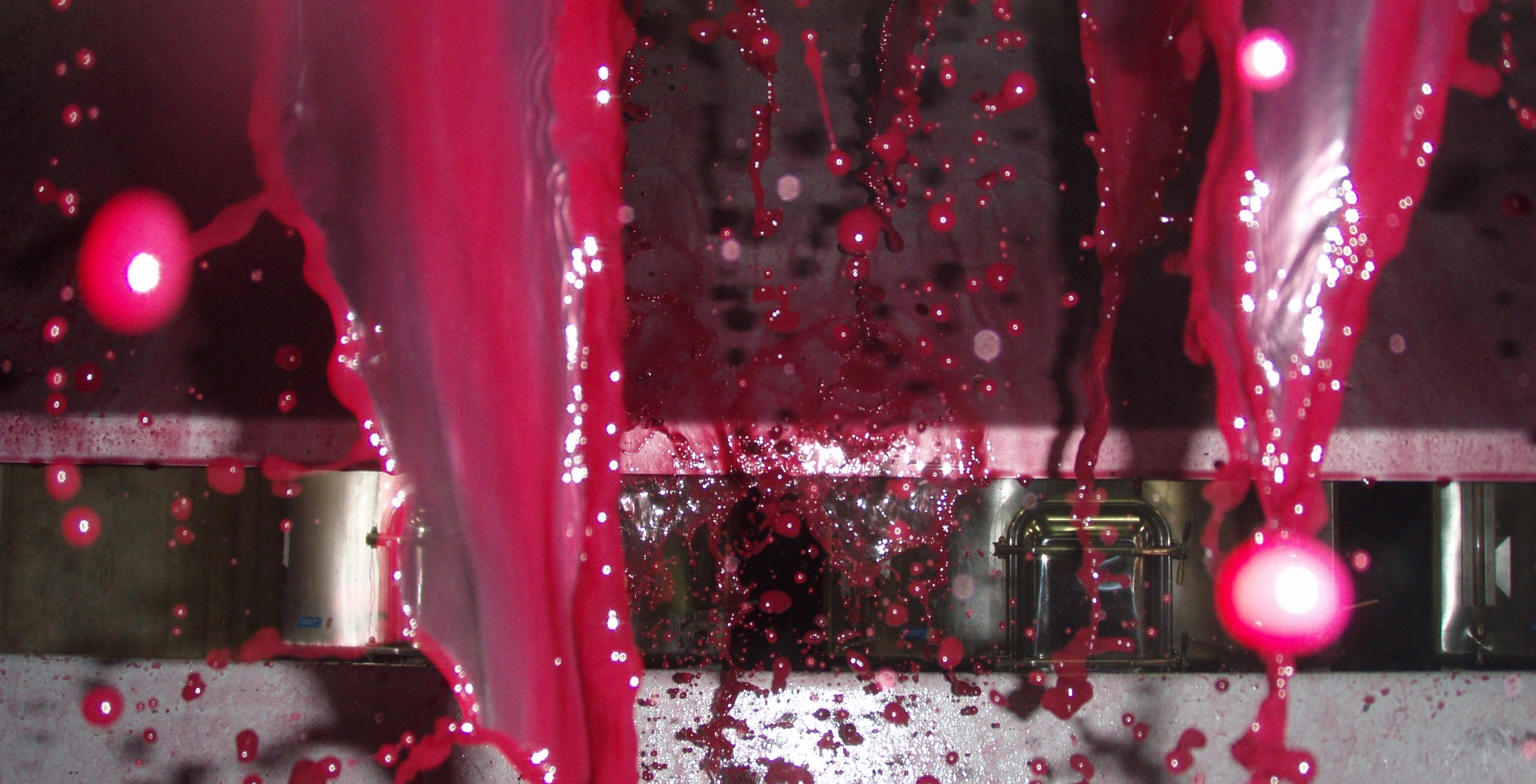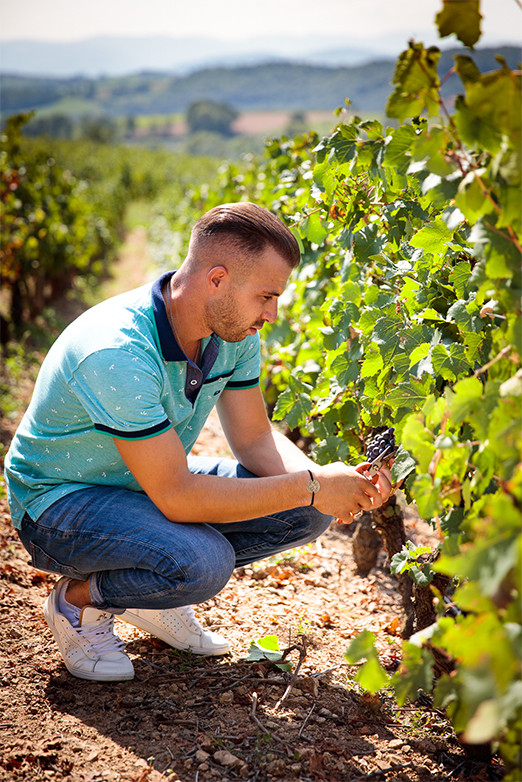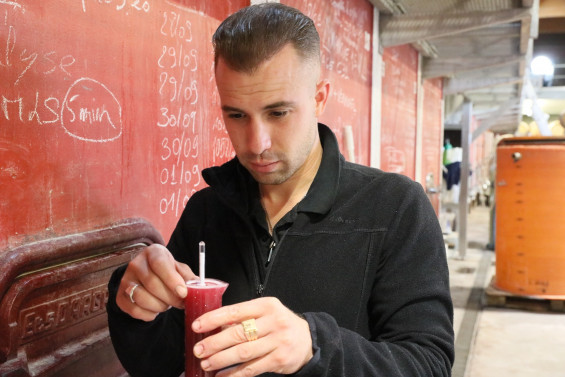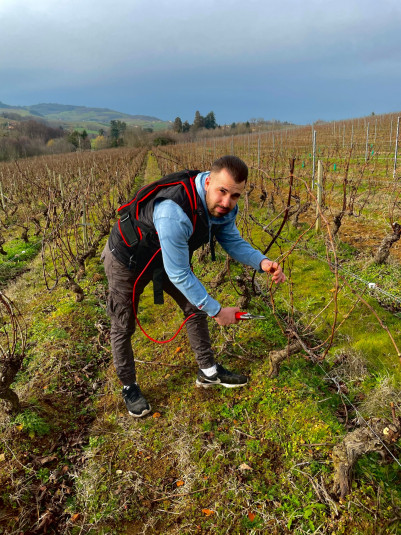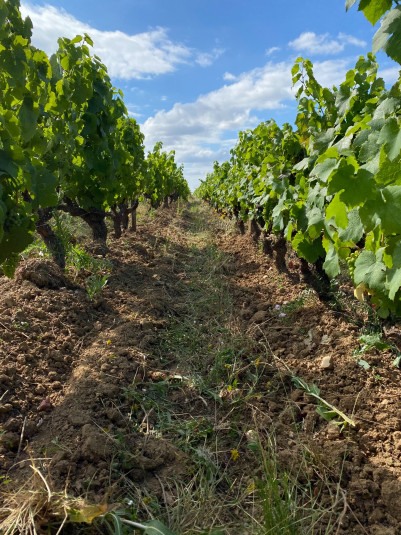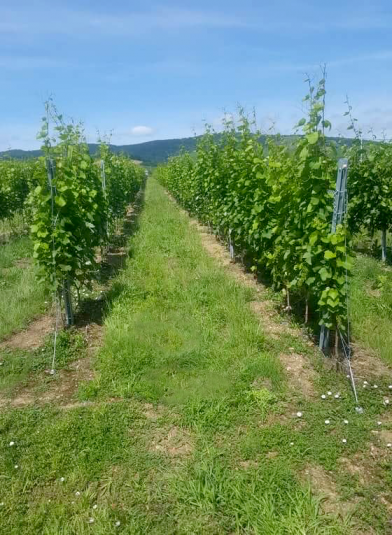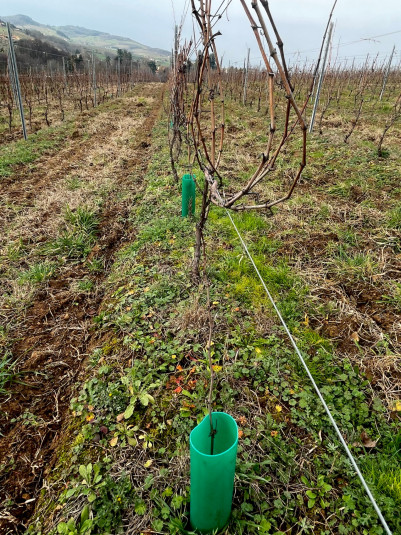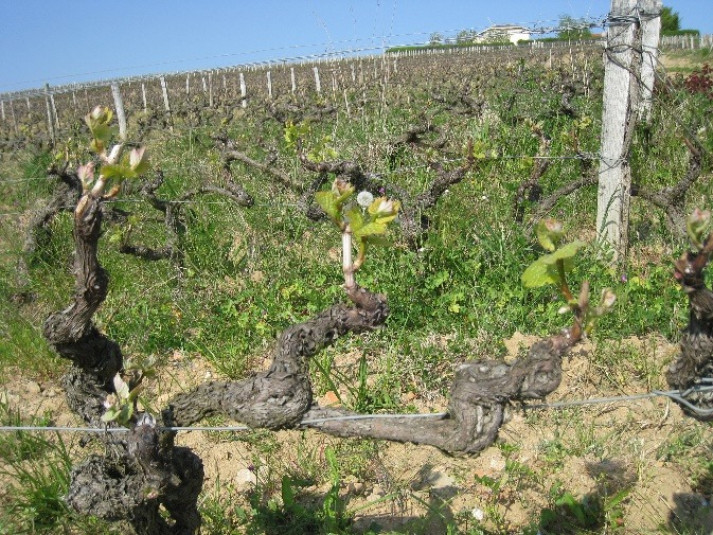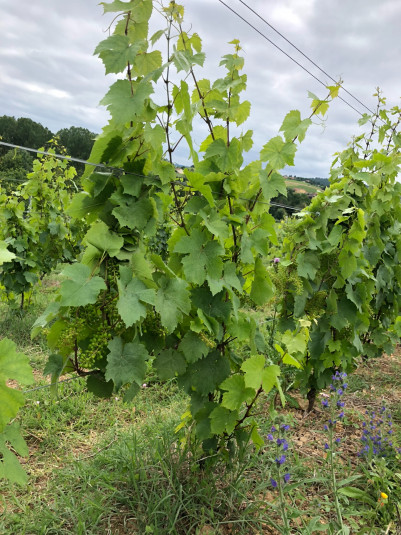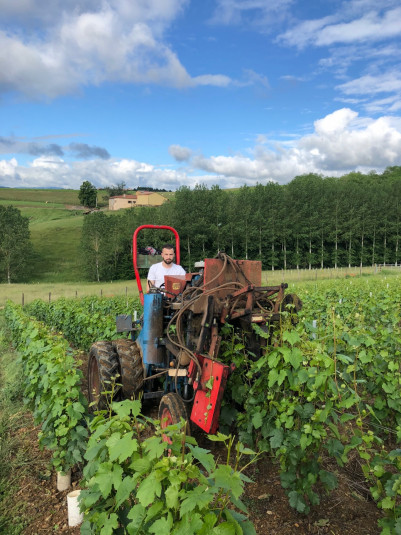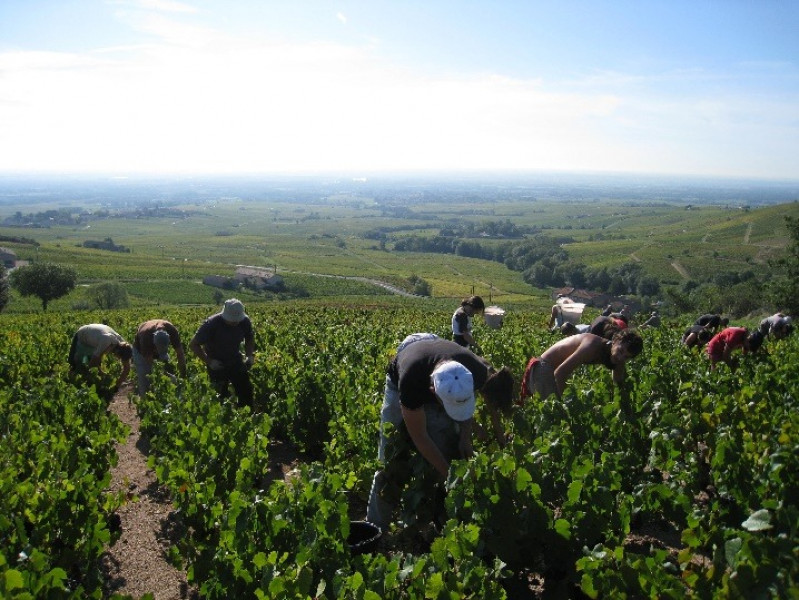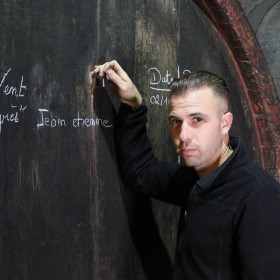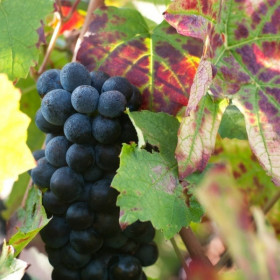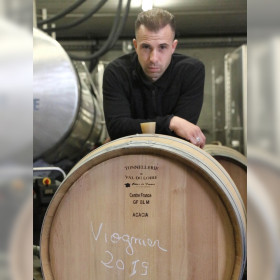The village of Saint-Vérand has a granitic terroir similar to the Beaujolais crus unlike the southern Beaujolais region which is composed mainly of clay and limestone. This soil is exceptional and very unusual in our region. It is made up of plagiogranites similar to the blue stones of the Cote de Py; Morgon and also present in Norway. This terroir is very uniformly distributed throughout the village. It gives my Gamay and Viognier a nice structure and also allows them to age over time.
Granite is the great Gamay terroirs trademark; hence the turn of phrase: “the old Gamay on granite taste like pinot”.
My Pinot Noirs are planted on clay-limestone soil, a favourite soil for Pinot Noir as in Burgundy.
The terroirs are adapted to the grape varieties and allow us to obtain pure, rooted wines with fruit, delicacy and richness.
